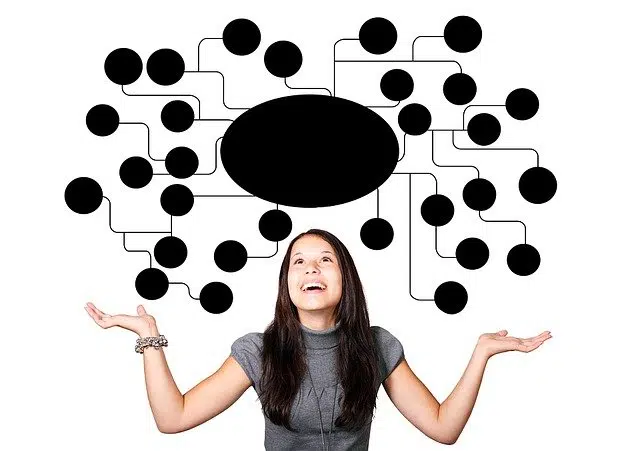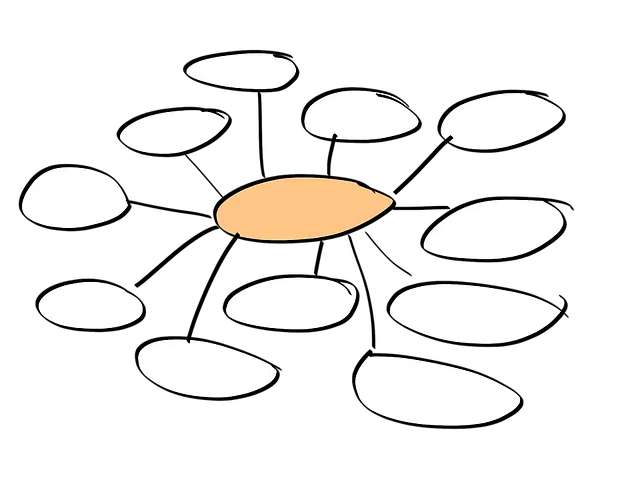
A semantic network is a scheme that graphically represents the interrelationships of words.
Networks are structures that have a pattern that characterizes them and that allows them to relate various nodes (the elements that make up the network). Semantics , on the other hand, is that which is linked to the meaning of concepts.
The scheme that allows us to represent, through a graph, how words are interrelated is called a semantic network . In this way, linguistic knowledge is graphed through a conceptual map. Another name by which this concept is known is network representation scheme .
Representation of a semantic network
There are two possible ways to represent a semantic network, which are defined below:
* a graph : this concept belongs to computer science (also called computer science , it combines computing and information theory) and mathematics, and it is a set of elements called nodes or vertices that are connected through of links known as arcs or edges , thanks to which it is possible to establish binary relationships (they occur between elements of two sets and offer ordered pairs that meet a certain property) between said objects;
* a tree : when a semantic network does not represent a cycle, then it is possible to use a tree, which is a graph in which any pair of vertices must be connected by a single path. This relationship system is also known as a free tree and if it is part of a group, then it is called a forest . The graph present in the tree must meet a series of requirements, such as not having cycles and being connected (any two vertices being joined by at least one path) until any of its edges are removed.

A semantic network can be the basis for the development of a concept map.
Nodes that are related
The nodes of the semantic network are the concepts or words. When there is a semantic link (that is, meaning) between them, they are joined through a line. This is how the semantic network is developed that captures, in its scheme , the interrelation of concepts.
It is important to highlight that semantic relationships can present different characteristics. A term is a meronym of another when its meaning represents a portion of the total meaning of another term, which is called holonym in this relationship. Two concepts can also have a link of hypernym (a general category that can name a specific concept) and hyponym (specific term that includes the entire semantic features of another). In some semantic networks, the lines that join concepts reflect the differences between these kinds of relationships (through arrows , for example).
It must be clarified that this meaning of semantic network is not related to the idea of Semantic Web , a concept that refers to the intention of facilitating the integration and interoperability of different digital systems through the inclusion of semantic data.
Usefulness of a semantic network
The semantic network serves as the basis for the construction of mental and conceptual maps.
mind map
It is a diagram that is used to represent ideas, drawings, tasks and words, among other types of concepts, that are related to each other. In a mental map, these elements are arranged radially , with an idea or word considered key to the rest in the center. It is a very useful method for extracting information and learning it by heart, and also for taking notes and transmitting ideas in a creative and graphic way.
Concept map
This technique serves to represent knowledge graphically through a network of concepts symbolized by nodes linked together to indicate their relationships. Thanks to the obligation to place concepts within a context instead of simply memorizing them, the person who makes a map of this type has the opportunity to thoroughly understand its meaning.
